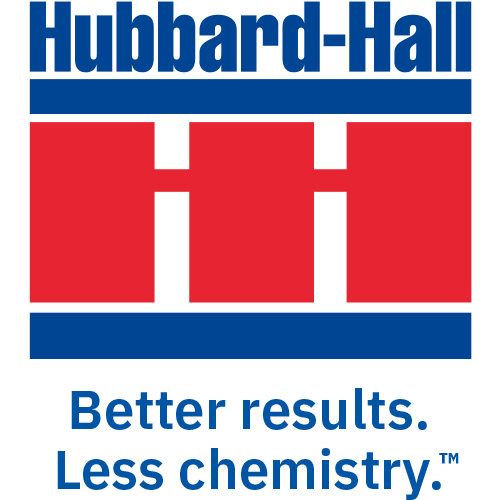Myths of Cleaning
Myth 2 of 8: Aqueous Systems Can’t Be Used in Critical Cleaning
First, let’s be clear that “critical cleaning” has a very specific meaning. It refers to the removal of sub-micron particles and non-volatile residues. It’s required when any surface contamination would yield adverse effects. While many processes and products might qualify, the term is used particularly with reference to medical devices.
Second, the statement is just wrong. Aqueous systems can be and are used in critical cleaning. However, surface tension – wetting – is a key consideration. The cleaner must penetrate every aspect of the part being cleaned. While solvents are inherently superior, with appropriate surfactants aqueous cleaners can perform as well.
However, aqueous cleaners can leave a surface residue. This makes rinsing and drying critical steps in aqueous critical cleaning. But if the surface can be demonstrably clean, to agreed levels, on a consistent and repeatable basis, aqueous cleaners can be used.







Leave a Reply